Amy Pastre and Courtney Rowson - running a studio and where design is heading next
Since launching SDCO Partners in 2009, founders Amy Pastre and Courtney Rowson have designed hundreds of brands worldwide – including names like LeCreuset and Soludos – but it's their work with industry-disrupting, women-owned businesses that drives their passion. We sat down with them both to find out more.
Headquartered in downtown Charleston, South Carolina, the Stitch Design Co. has been a true passion project for longtime friends Amy Pastre and Courtney Rowson. Recently named the Best Small Firm in the United States by HOW Magazine, it's behind fresh identities for Parchie – a colourful analogue watch brand created by Cara Barrett – Kudos, a sustainable all-natural diaper brand created by female MIT graduates, and Reese Witherspoon's lifestyle brand, Draper James.
It's been thirteen years since Amy and Courtney launched their studio. We wanted to learn more about how they built their business and survived a global recession and pandemic, whether they feel the design industry has changed – for better or worse – and what they feel is in store for designers next.
It's been 13 years since you launched SDCO. Did the global economic crisis spur you to start your agency?
Courtney: We started the business for reasons unrelated to the 2008 downturn. The timing was right for both of us. Career-wise, we were ready to make the next move. Charleston is a small city, and 13 years ago, it was even smaller. We'd had great experiences working for agencies in Charleston and other cities. Still, we felt that to advance creatively, starting our own business was the next logical step.
Amy: Though it wasn't logical to start in the middle of an economic crisis, we knew that we'd be positioned for success if we could make it in that market. We started lean and cautiously optimistic and still operate that way today.
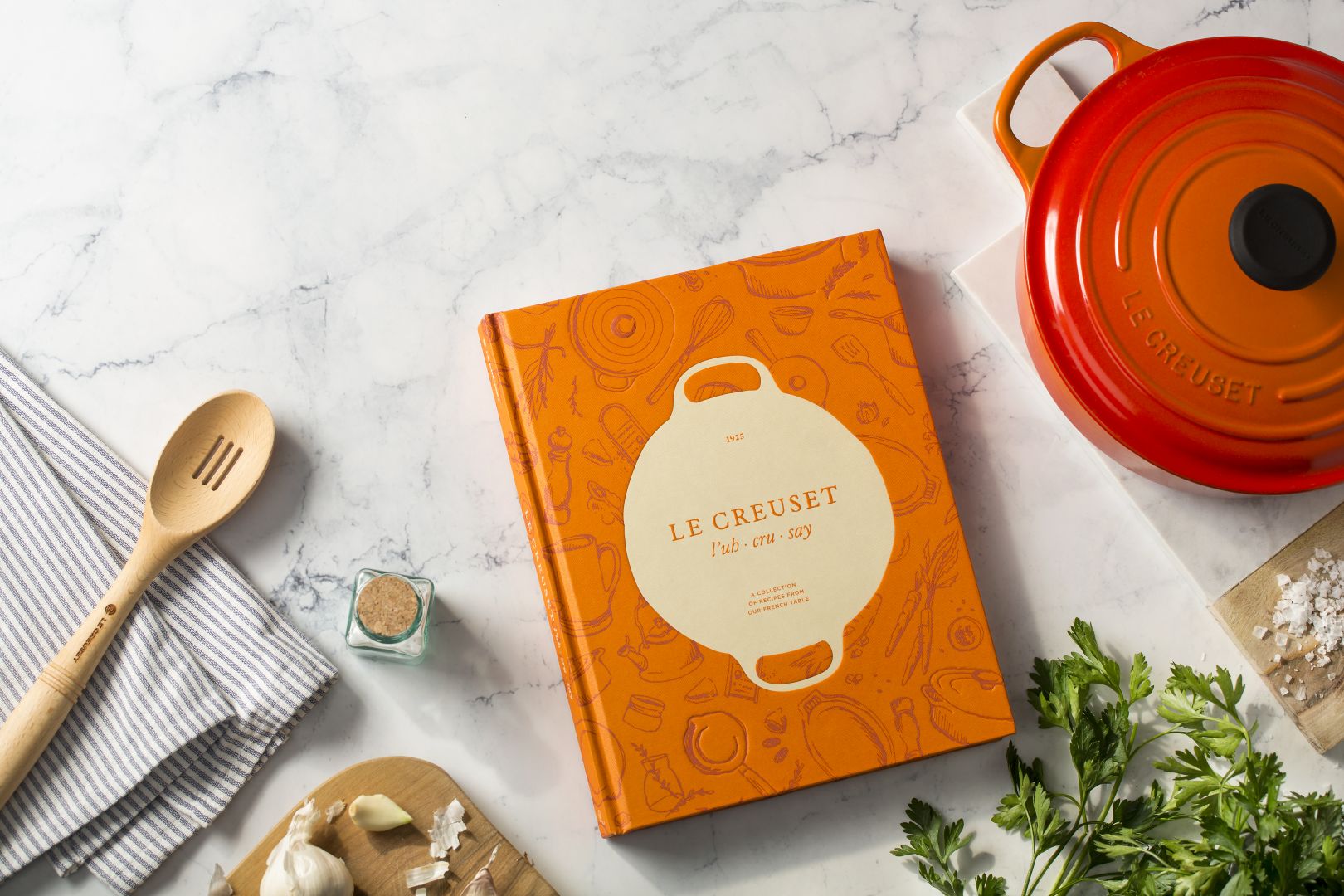
How did the pandemic compare to 2009 for you? Were there any similarities?
Amy: The pandemic was different largely because we were an established company versus just starting. We instinctively know how to be efficient and simplify our spending to protect our team and their jobs. We were also fortunate to have built a diverse range of clients over the years, so while clients in some industries had to pause, others accelerated because of the high demand for their products or services.
You continued to thrive during the pandemic. Did the lessons of 2008/09 prepare you for the shock?
Courtney: If we learned anything from the early years at SDCO, it's cautious optimism and a willingness to pivot. We are fortunate to have a resilient team, and they quickly adjusted to the rapidly changing world and work environment. The pandemic forced us to think about our workplace, processes, and relationships in new ways. It also opened up a thoughtful conversation about what we need as people and creatives to continue nurturing our relationships, feeling inspired, and thriving.
Does being a female-founded agency ever have any negative reaction?
Courtney: One of the most surprising things I've learned since launching SDCO is the lack of women leadership positions in our industry. While being a female-founded company certainly has challenges, we have chosen to see it as an opportunity to set an example for other females in our field. Many clients select our firm because we are female-led, and they feel a real connection to our story. The same holds true for potential employees who resonate with our work and the opportunity to be part of a female-founded and led team. In some small way, we hope we can advocate and support other women in the industry.
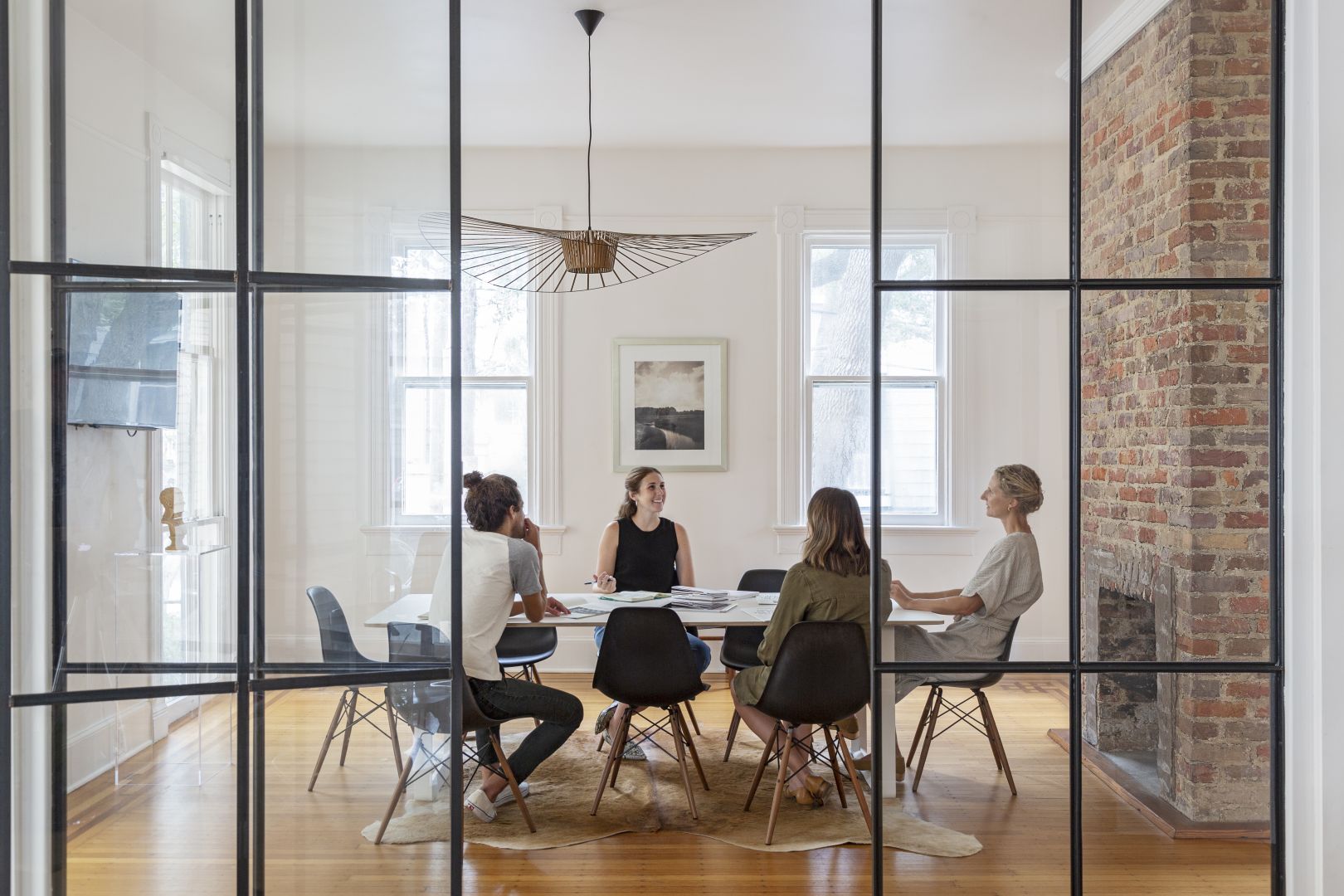
What do you both bring to the table?
Amy: We both bring a high level of thought and consideration to our projects. We care about the details and push ourselves to create holistic solutions that truly reflect the client and brand. Courtney has an incredible capacity for meticulously researching an idea and seeking out the right partner to help us execute it.
Courtney: What's made our partnership successful is collaboration, mutual respect, trust, and the ability to utilise each other's strengths. Our design aesthetic is complimentary, yet we each bring different perspectives to the conversation. Amy can combine unrelated things in a way that feels evocative. She has a brilliant eye for textures and creating spaces and brands that feel layered and nuanced.
How has the design industry changed in 13 years?
Amy: We are working much more holistically than ever before, which is incredibly exciting. It used to be that a client would come to us for a logo or a website. Now, they come to us to help create, guide and translate their business through design, strategy, and story. I think this is a shift in the industry as a whole and signifies a deeper understanding of branding and the depth it can bring to a product or customer experience. What we do is no longer a static solution but rather a system of solutions – from website animation and print to immersive interiors and merchandise.
What trends are you seeing in 2022?
Courtney: While we see and appreciate trends, we don't focus our solutions around them. We work to create specific, meaningful, and impactful solutions to each project. That said, many of our clients are interested in sustainability, and we love having the opportunity to find and create solutions that are recyclable, renewable, or minimise environmental impact. Our client Faherty is a DTC sustainable clothing company. They challenged us to create more sustainable packaging and find ways to translate the in-store experience, which is all about engaging with and delighting the customer – to the digital space. The solution – a sustainable, streamlined, multi-platform packaging system that, when launched, engaged the customer and created these meaningful moments of connection that weren't trying to copy the in-store experience but rather translate it to the way we think and interact with brands online.
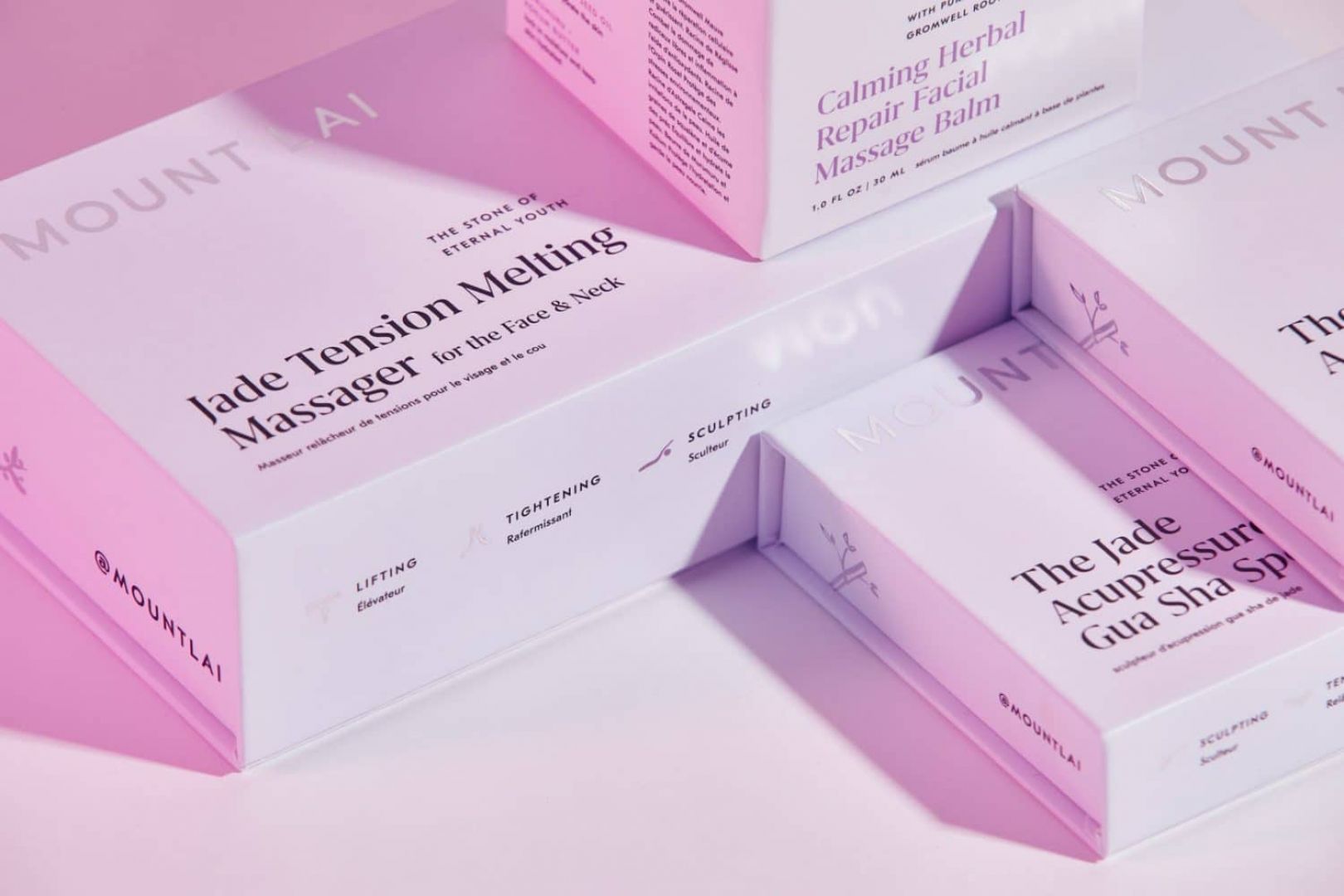
What have you learnt most about yourself in running an agency?
Courtney: To remain open and receptive to new ideas and ways of doing things. We are always curious and strive to learn every day from our team, partners, clients and each other. However, running an agency requires more than just being a good designer.
Amy: It's a real-time/real-life MBA experience. It's been a good reminder to surround yourself with people who inspire you and support your growth.
What have been the biggest challenges?
Amy: Being a business owner requires a lot of communication. And as a visual designer, it can be a challenge to remember to communicate in ALL the ways.
Courtney: We make deliberate choices about our growth. While it's important to us to nurture healthy growth, we also want to maintain a team that's small enough for us to remain close to the creative process and inspiring conversations.
And the biggest surprises?
Amy: That we are now a team of 16 people. While that growth has been very intentional, it has also been slow, organic, and evolved. We have grown when the needs of our clients have called us to do so.
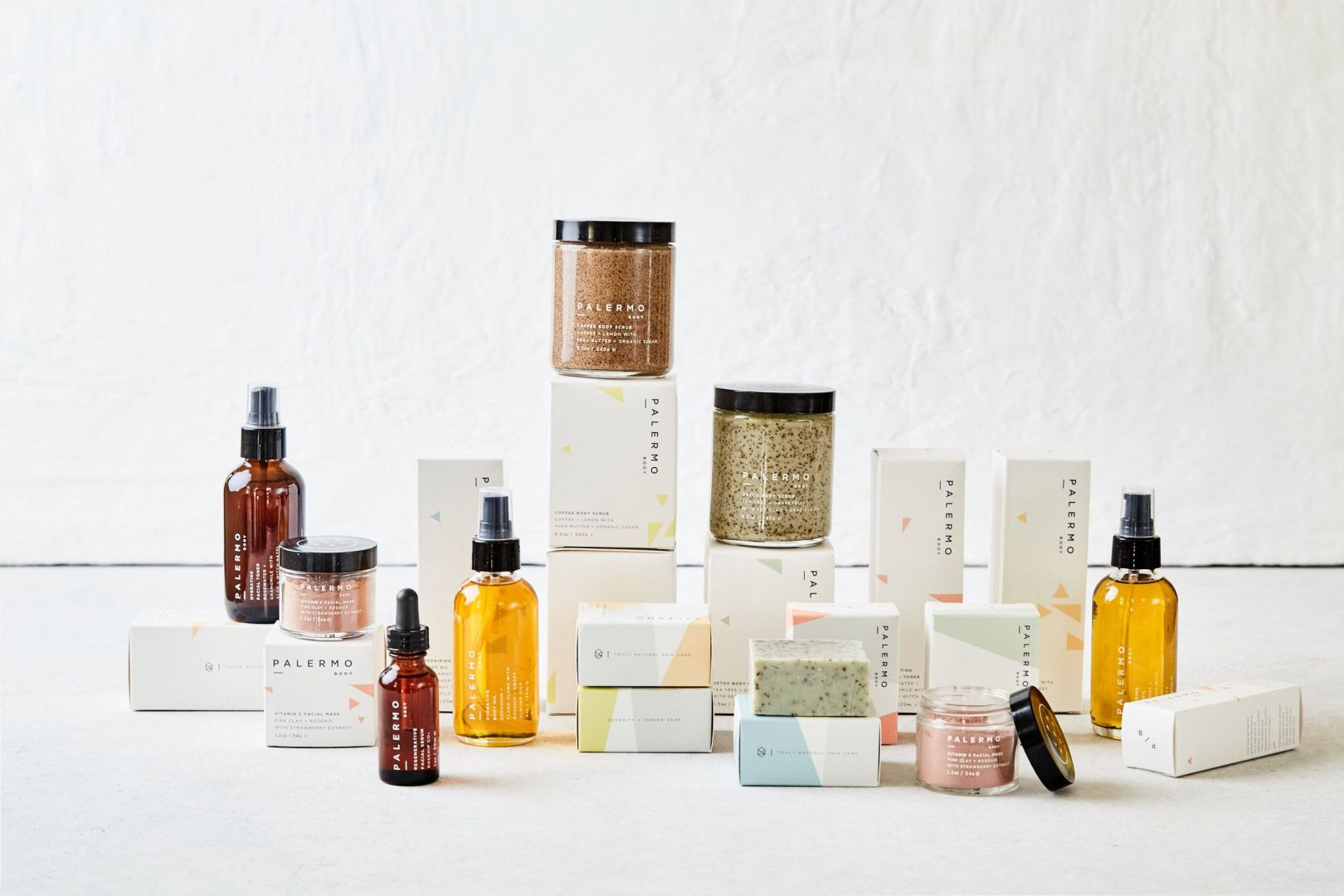
Can you talk us through Brightland? What excited you about that project?
Courtney: Brightland was one of the first DTC packaging projects our studio helped imagine and launch. After a deep dive into the olive oil industry, we saw the possibility of changing the visual perception of olive oil packaging and transforming it into a visually driven system that speaks to emotion. Our primary goal was to design a brand and packaging system that complemented the strength and purity of Brightland's olive oils with a design that was bold and captivating to the consumer.
Brightland set out to remake the American olive oil and vinegar industries with truth and transparency, and we were excited to be a part of that disruption. As the brand continues to grow and evolve, we are inspired by the challenge to introduce new, compelling ways to tell its story.
Where do you see the design industry heading?
Courtney: Experiential design and integrative branding. Creating spaces and experiences that feel transformative, emotionally compelling, and connected to a brand's story and purpose. Introducing new ways for people to engage with brands. Making design an increasingly sustainable industry. Balancing the digital experience with the in-person experience. It's an incredibly exciting time to be a designer.
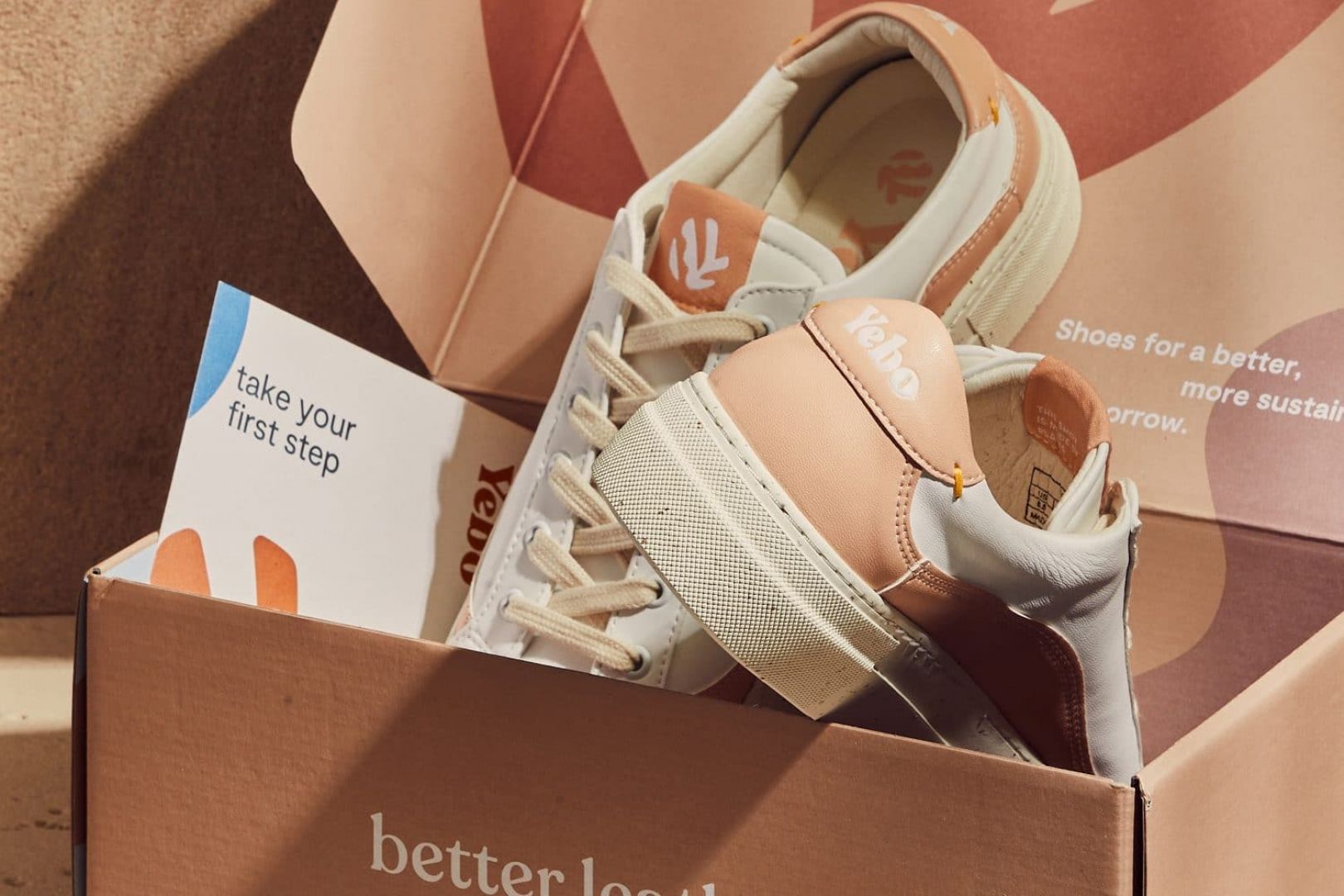
What advice can you give school leavers or graduates hoping to work at SDCO?
Courtney: Have a point of view! We strive to create an environment that honours each person's unique expression and experience because that's the space where our individual and collective skills can grow.
Amy: Be curious. Ask lots of questions. Be open to and take advantage of the opportunities that come your way. By exploring avenues that feel new or uncomfortable, you start to understand what aspects of design excite you most.
Source: Creativeboom
